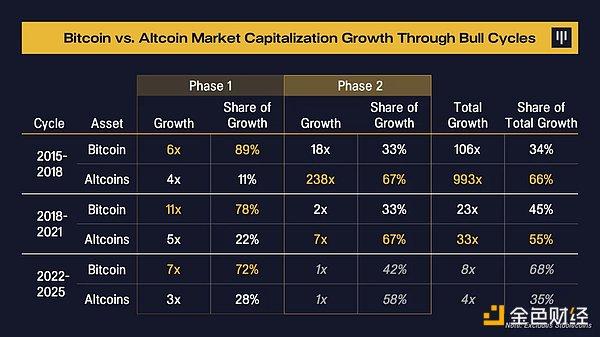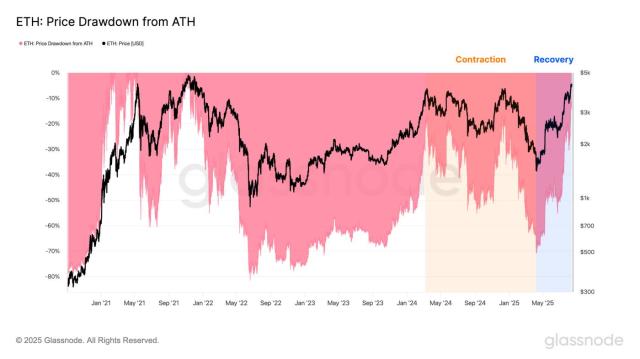This article is machine translated
Show original
Here's the translation:
Recently, compared to the steady upward movement of $ETH, $SOL's performance seems slightly lackluster. $4,300 vs $175, what mystery lies behind this price difference? In my personal understanding, it's fundamentally a covert battle about "who is the institutional darling":
1) ETH has obtained its "pass" into the traditional financial world - after ETF approval, cumulative net inflows have exceeded $10B, allowing off-market funds to enter compliantly, which is equivalent to opening a formal door for institutions.
While SOL's ETF application remains uncertain, the current reality is that it lacks funding channels, directly impacting price performance. Of course, this can also be interpreted as SOL having room for catch-up, as its ETF is not entirely impossible, just requiring more time to go through compliance procedures.
Crucially, under the purchasing power of companies like SharpLink and BitMine, ETH's MicroStrategy has already demonstrated a certain institutional FOMO effect, which will drive more enterprise Treasury fund allocations, creating massive Wall Street off-market funding momentum;
2) Currently, the stablecoin scale difference between ETH and SOL is still stark, with data showing 137B vs 11B. Everyone might wonder, with both having American blue-chip genes and on-chain Nasdaq characteristics, why has SOL fallen so far behind in this stablecoin war guided by U.S. stablecoin policies?
Actually, it's not SOL's fault. It's an ultimate test of chain infrastructure's decentralization, security, and liquidity depth. On Ethereum, USDC (65.5B), USDT, and DAI firmly control the stablecoin market, reflecting absolute trust from institutions like Circle and Tether;
Although SOL's VCs are all American capital, these new Wall Street institutional buyers might not consider too much, simply looking at the realistic data gap, which SOL might find hard to bridge short-term. However, objectively, SOL's stablecoin growth is actually not bad, with PayPal's PYUSD also choosing to focus on Solana, providing considerable imagination space, just requiring patience;
3) Once, SOL's on-chain economic vitality was explosive, with PumpFun's daily trading volume breaking millions, and various MEME on-chain memes flying everywhere. However, the issue is that we're currently in an institutional chip accumulation period, where large funds care more about compliance channels, liquidity depth, and safety records - "hard indicators" - rather than how many MEMEs are in PVP;
In other words, it's not yet the narrative cycle dominated by retail investors. Conversely, this on-chain vitality is precisely SOL's differentiating advantage. When the market cycle shifts and retail FOMO reignites, SOL's accumulated innovative gameplay and user base might become the next market's trigger point;
4) As SBF's "favorite child", SOL might still be experiencing FTX collapse effects, with the tragic fall from $260 to $8 still vivid. Although technically SOL has completely independent, in institutional memory, this association is like a scar, occasionally brought up;
Moreover, rising from $8 to $175 itself proves SOL ecosystem's resilience. Those teams building during the darkest moments became new forces reconstructing SOL's public chain, and this phoenix-like rebirth experience might be beneficial long-term;
5) ETH follows a layer2 segmentation route, criticized for liquidity fragmentation, but precisely meeting institutional risk isolation needs. SOL's integrated high-performance route, with everything running on one chain, appears as concentrated risk in institutional eyes.
Thus, Robinhood partnering with Arbitrum is evidence. From an institutional perspective, ETH's high gas weakness becomes an advantage for filtering high-value transactions, contrary to Mass Adoption, but the current main theme isn't Mass Adoption - it's who can win institutional favor;
6) Lastly, there's a difference in time consensus accumulation. ETH has 9 years of history, SOL only 4. Although native projects like Jupiter and Jito have shown world-class product capabilities, compared to DeFi giants like Uniswap, Aave, and MakerDAO, there's a gap in market education, ecosystem sedimentation, and trust accumulation.
In summary, the pain of E-guards might breed S-guards in a new market FOMO, but this contest is essentially a periodic mismatch between institutional and retail narratives. After all, ETH wasn't built in a day, and SOL's growth speed is actually already quite remarkable.
Will we have to wait for S guards to be Fud for several months before the situation turns around?
A bit reasonable
E Guards' recent surge is indeed due to their own struggles. 😂 I'm impressed.
Solana's advantages haven't disappeared. I believe market capital will rotate.
Yes, it's too true, the E guards who can stay are all true believers.
From Twitter
Disclaimer: The content above is only the author's opinion which does not represent any position of Followin, and is not intended as, and shall not be understood or construed as, investment advice from Followin.
Like
Add to Favorites
Comments
Share
Relevant content







